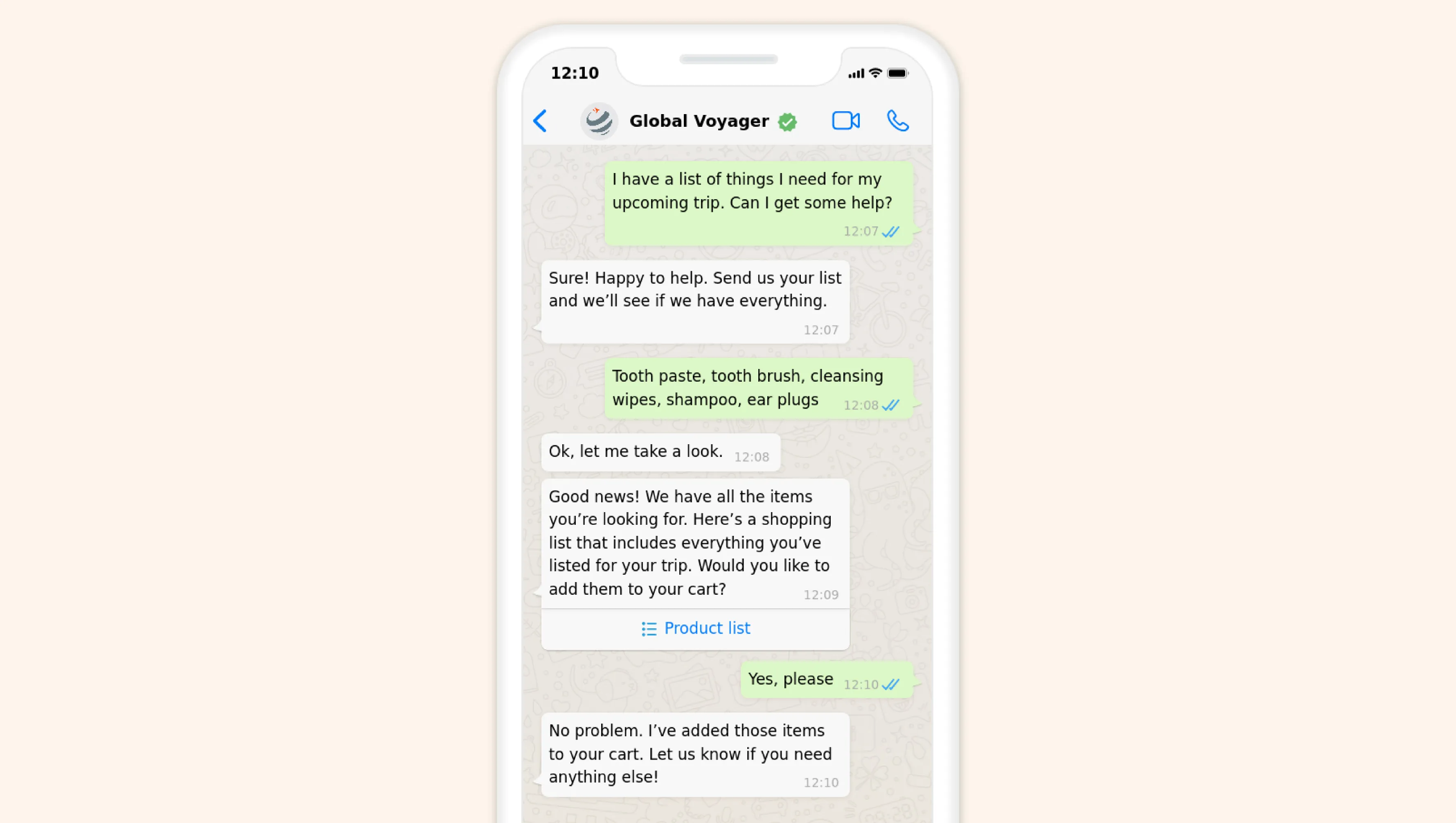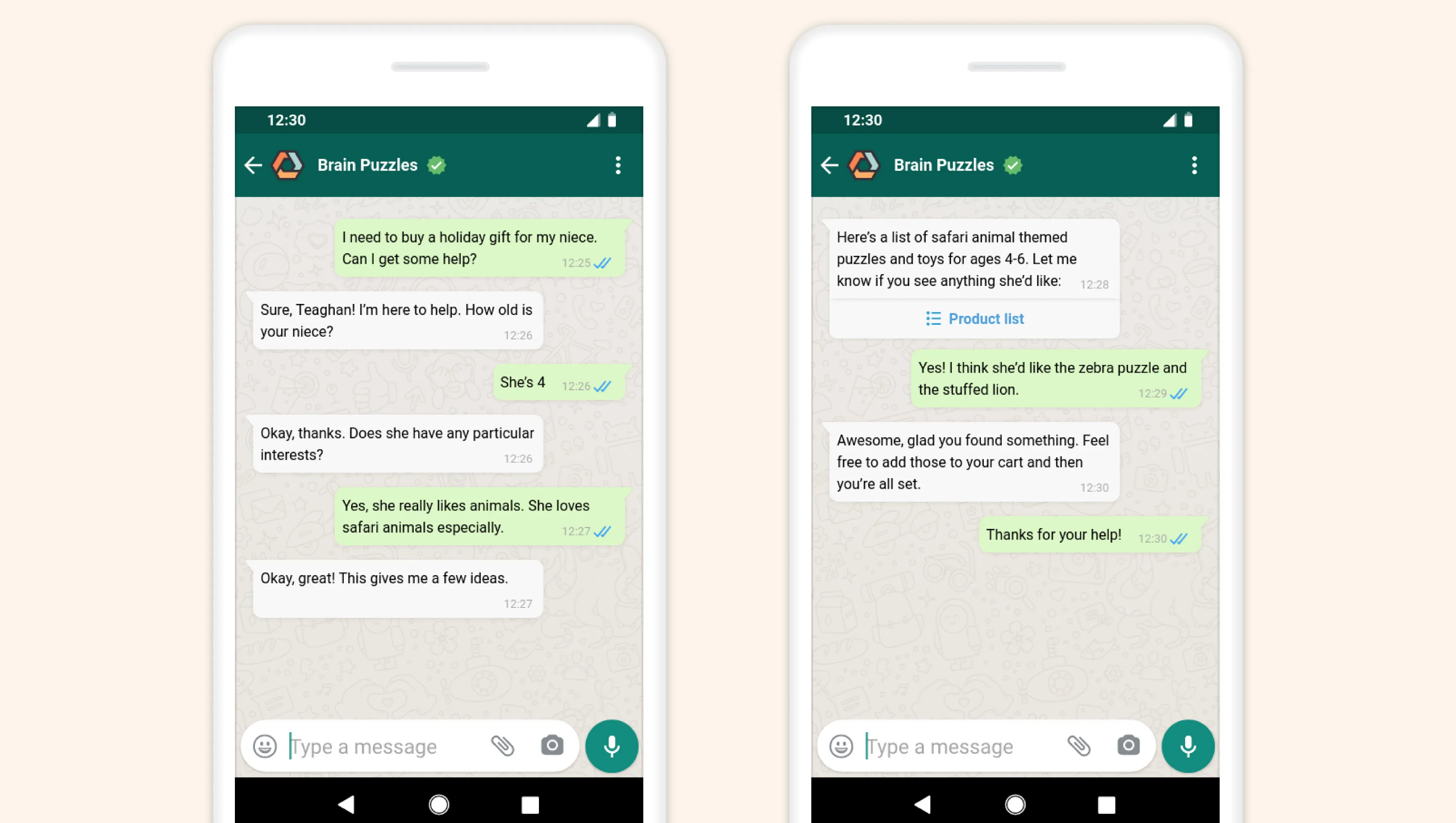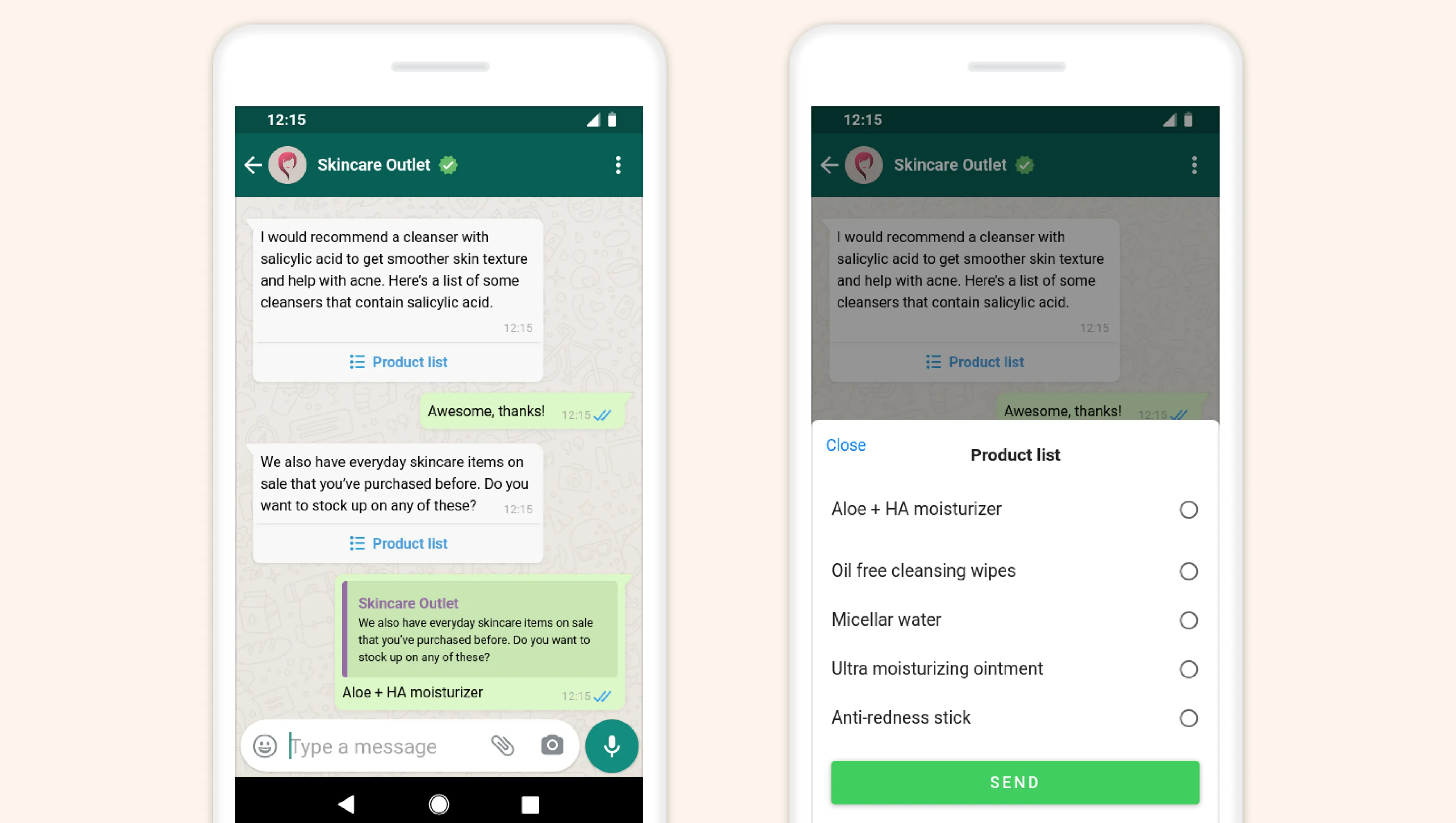Customers
Can Your Business Trust Automated Messaging?
|
October 31, 2022
Customers
|
October 31, 2022

We’re all familiar with automated messaging. It’s become an integral part of the business world, and people use it in countless industries. It’s almost impossible to call an enterprise system and not be met with an IVR using automated menus. Chatbots have answered our basic questions or directed us to service agents for decades.
Believe it or not, the first chatbot was created in 1966. It was called ELIZA, and while what we have access to today is worlds ahead of that original system, it shows just how long we have been communicating with automated systems.
Chatbots have become integral to enterprise businesses, allowing customers to interact anytime, anywhere, and get the answers they need. And while automated messaging is a well-established value engine, there are still some common issues and misconceptions that plague it.

Why do businesses distrust automation? Existing stigmas leftover from the early days of automation still make businesses wary of implementing AI. Additionally, deploying AI requires a change in how you approach your customers, and it’s easy to shy away from the idea of changing your business practices.
Here are some of the primary misconceptions or causes for concern with AI and chatbot automation:
When we think of "talking to a robot" most of us think of stereotypes. A mechanical voice, an incredibly literal interpretation of anything you say, and a stiff way of speaking that ignores slang and contractions. And honestly, who would want to talk to something like that? These are all issues stemming from what’s called natural language processing – a major point of frustration with early automated chatbots. While chatbots have improved from simple scripted answers to being able to handle entire complex conversations and requests, natural language hiccups can still lead to awkward interactions.
Chatbots have a reputation for inflexibility – of only being capable of very specific actions. In-depth answers or conversations weren’t something you could expect. And while they have evolved massively over the years, that perception still remains for many people. Additionally, chatbots are only as complex as their underlying programming and technology.
But things have changed – A.I. has improved, more and more programs are integrating with automated messaging, and the programs are more detailed than ever before.
Early in their use, automated messages commonly acted as a go-between. They were essentially glorified switchboard operators, determining where to send the customer and then handing them off to a service agent. Conversations were limited, and issue resolution wasn’t its primary purpose. On top of that, improper integration often led to the information given to the chatbot not being passed to the agent who eventually handled the request.

Now, chatbots are capable of handling both simple and complex requests, commonly taking the place of agents in conversations that would have previously required human interaction. With the ability to pull from vast libraries of client and product information, you can have chatbots converse about product specifications and availability, account information, troubleshooting, and more. Want your customers to feel like they’re being listened to? Like they’re getting the information they need, when they need it? Chatbots are the way to go.
“Yes.” “No.” “I didn’t understand the question.” These often aren’t the type of answers your customers are looking for in customer service. But all too often they’re often what people expect when interacting with chatbots. While simple answers, with little to no details, used to be the rule, the reality is that chatbots are now capable of so much more.

Chatbots are able to process returns, track shipments, and even conduct purchases while holding an engaging conversation. Customers don’t need to worry about getting answers that are too simple or way off base. Some Meta Business Messaging customers, like Banco Galicia, have seen up to 20% of online customer support tickets resolved by Messenger. While others we surveyed have seen as much as 50-70% handled by integrating a chatbot with WhatsApp.1
One of the main turn-offs customers cite when discussing their distaste for phone calls? They take up virtually all of your attention.
Companies using automated messaging saw a 90% decrease in response time, from hours to minutes1
With automated messaging, customers don’t need to set aside a block of time solely devoted to a one-on-one voice conversation; instead, they can ask a question, come back to it later, pose a follow-up, and take their time thinking about the answer.
This can be especially helpful for those toward the top of the sales funnel, who may be interested in your brand or products but not invested enough to spend time on the phone to find out more. Automation allows your business to work for your customers on their time, making them feel like they are the priority at all times.
Up to 70% of customer inquiries on Meta Business Messaging are answered automatically with chatbot functionality1
Requests being handled automatically frees up customer service agents to focus on more pressing issues, and dedicate their time to the customers without feeling like they are being stretched thin. Reducing the need for service agents can help cut costs through less agent turnover, higher efficiency, and higher job satisfaction.1
No matter what area of your business we discuss, efficiency is going to be one of your top priorities. Getting work done faster, reducing response times, and increasing productivity across the board is something most business owners aspire to. Here are just a few ways that companies have successfully used WhatsApp to increase efficiency:
Sounds good, right? These kinds of results are seen time and again after integrating automated messaging into businesses. While these kinds of results aren’t guaranteed, it shows how properly integrated automation can take your business to new levels of customer care. Customers get results faster, agents are more effective, and everyone involved is more satisfied with the types of interactions occurring. This kind of efficiency helps reduce costs, increase revenue, and improve customer satisfaction.
Companies saw 36% cost savings in operating call centers after adopting automated messaging1
Automated messaging is valuable in that it can benefit your business financially by helping both reduce costs AND boosting revenue. Its versatility allows it to interact in both a customer service role as well as a marketing and sales role, meeting your customers wherever they need information. By solving customer queries on their own, chatbots help reduce call center costs, agent costs, and reduce the number of repeat inquiries. On the sales side of your business, chatbots can provide product information and even conduct sales independently. Personalized offers, product recommendations, and abandoned cart reminders can all be handled autonomously, without taking up valuable agent time. Customers can make purchases directly from the messaging platform, increasing revenue potential.
While automated messaging still has flaws and persistent stigmas, it's getting better every day. We’ve come a long way from that first program in 1966, and now using chatbots is a huge boon to most businesses. The detailed communication, asynchronous nature, cost reduction, and revenue generation make it hard to ignore as a tool, and its proven success makes it a must for businesses with an online presence. With the ability to meet customers on platforms they are familiar with in a conversational nature, messaging gives your business the opportunity to make new connections and help further solidify your existing customer base.
Curious about how messaging can impact your business? Learn more about how messaging is transforming the customer care landscape.